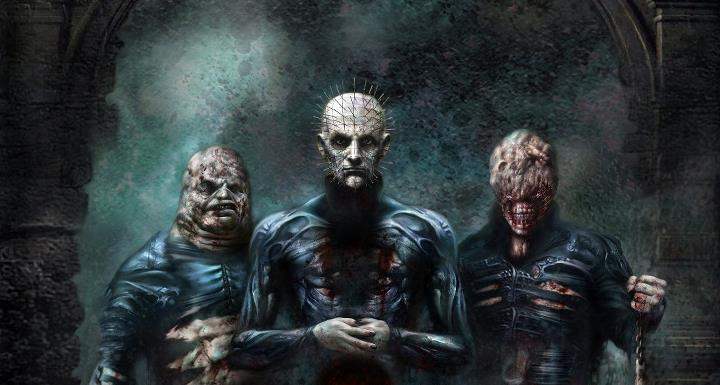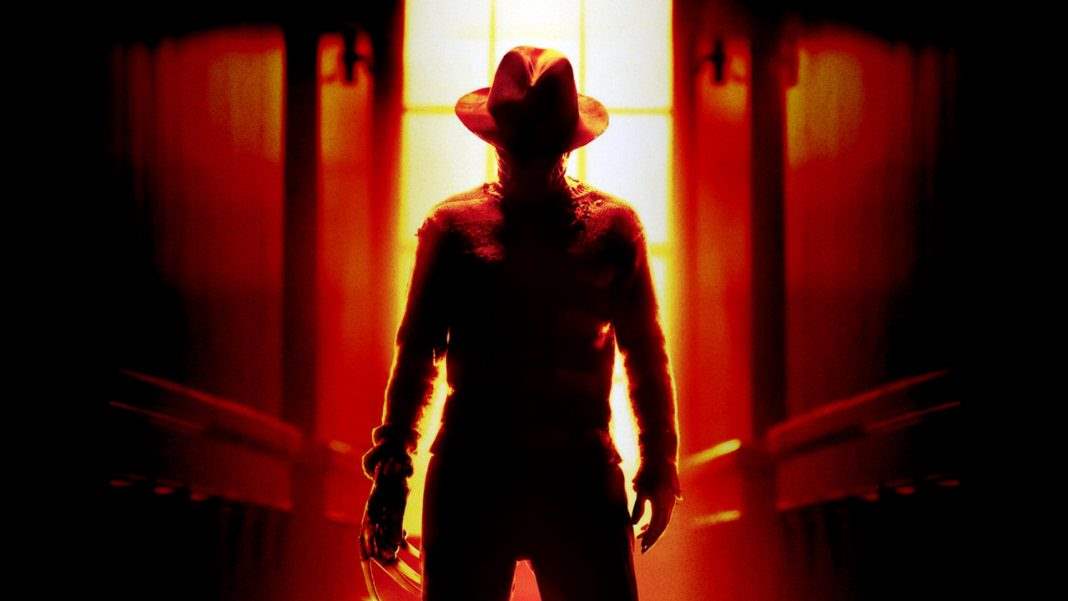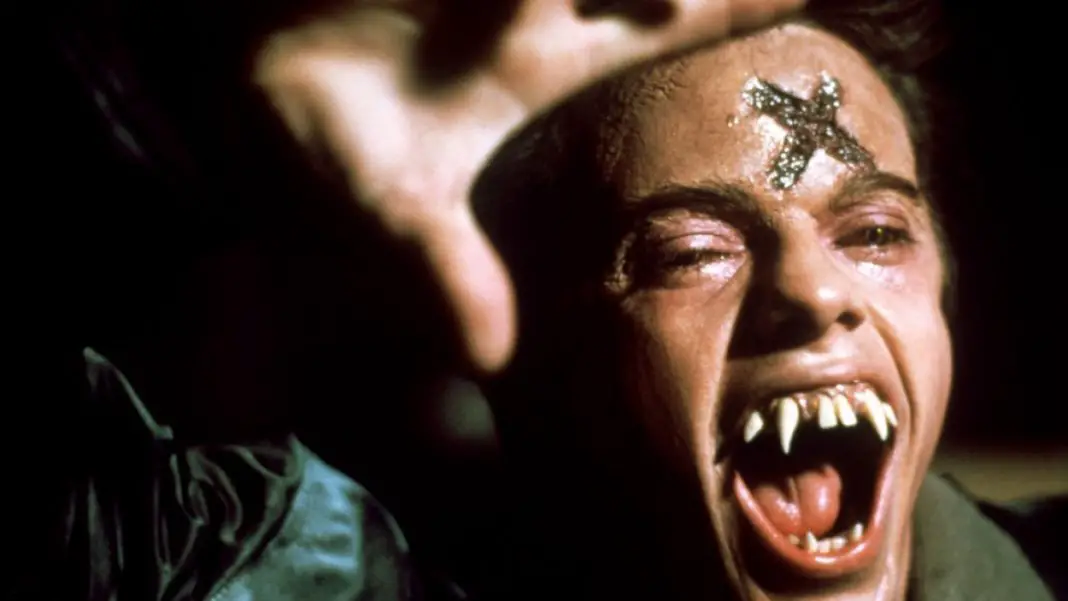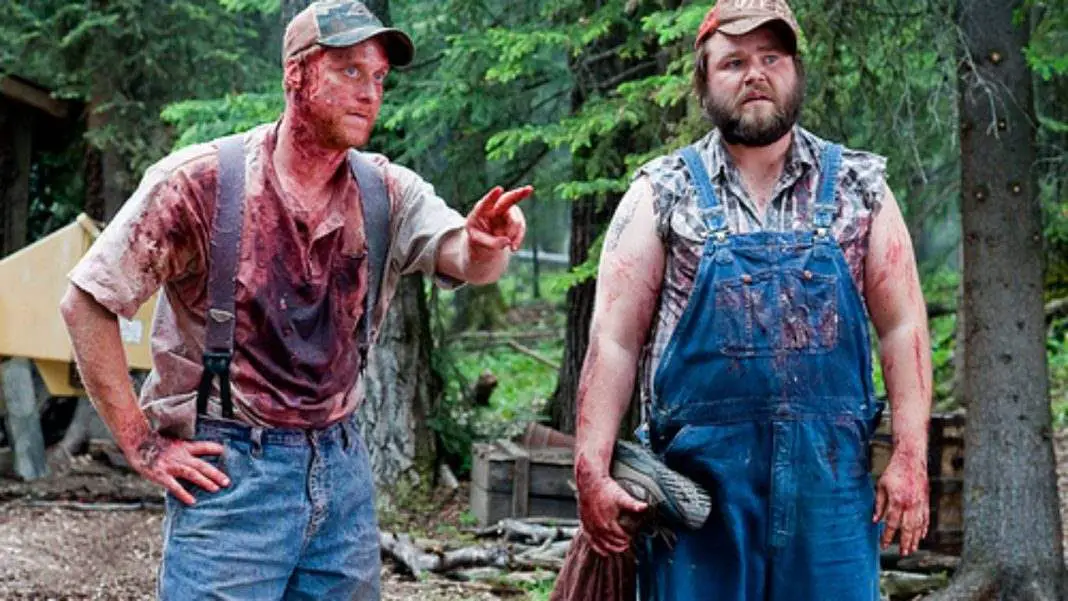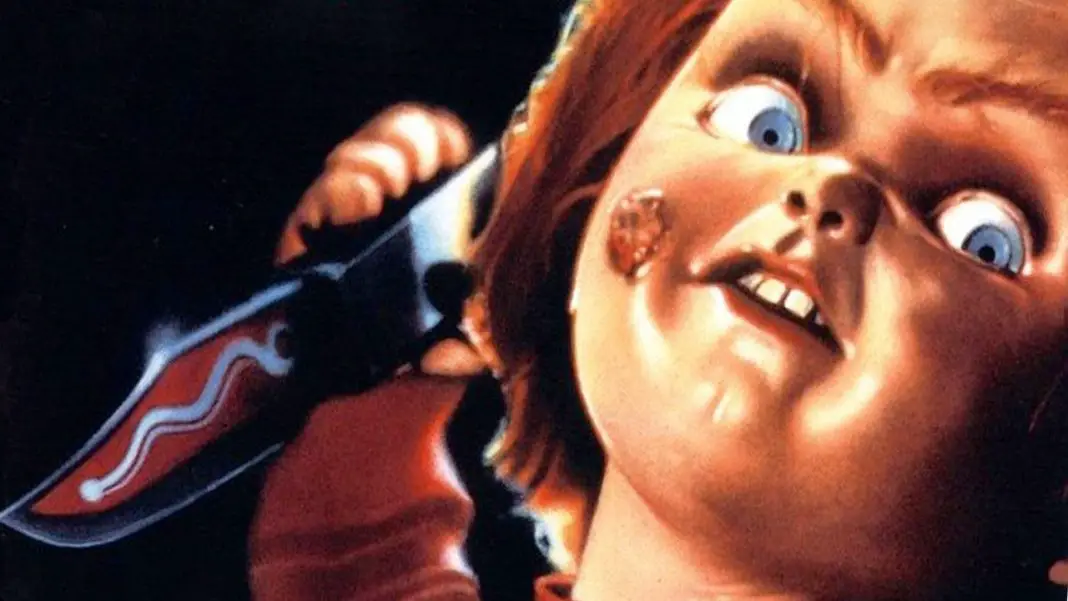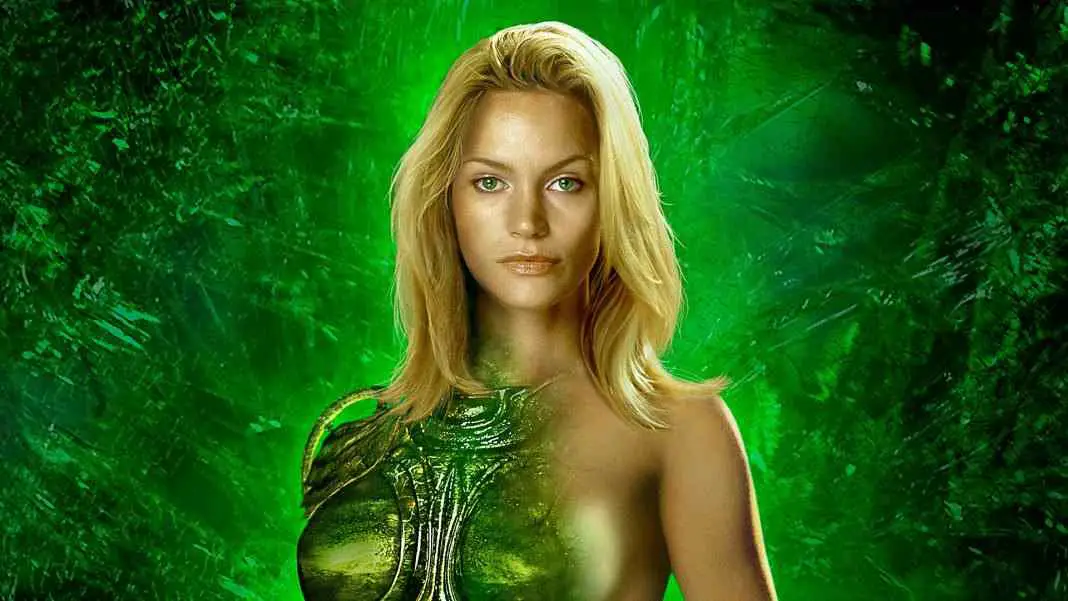When a title becomes embraced by a wide audience, when it becomes a franchise and people begin to get attached to it, it expands in ways the creators never imagined. It’s more obvious with things like Star Wars and Transformers, but even in horror there are major series and icons that get embraced by fans and see a ton of merchandising. From toys and model kits to comics. And Hellraiser really is a perfect fit for this, it’s a series that lends itself to these things. The Cenobites have incredibly striking designs, perfect for toys and models. And it lent itself especially well to comics. This is a wide, diverse mythology that was really only hinted at in the films.
In Hellraiser we are introduced to the Cenobites and get a vague idea of why they do what they do and what purpose they serve. In Hellbound, we are taken down into Hell itself, a very different Hell than any glimpsed before. A maze of cold, ordered stone with an ever-watchful, enormous diamond looming over it. We see Hell, but not its citizens, nothing outside the Laybrinth and nothing that even shows how this version of Hell operates on a day to day level.
That’s what the comics are for. At their best, they took what had already been established by the films and weaved them into an intricate, elaborate mythology. The original comic series, established in 1989 at Epic Comics after the release of Hellbound: Hellraiser II. There had only been two movies by the time the first run of comics were set up, but that meant there were almost no limitations. This comic had the ability to go wherever it wanted.
In addition to that, the original comics were an anthology. Each and every issue was an individual story, an incredibly bold choice at the time, just as Tales from the Crypt was starting on TV and before it really took off. This format allowed every issue of Hellraiser to stand alone and tell a completely different story. It showcased how wide the applications of the very idea of Hellraiser could be. Each writer told a totally new story about a puzzle that takes people to Hell. And every single one of them was different. Major, heavy hitting creators like Hellboy creator Mike Mignola, Neil Gaiman and the Wachowski siblings got their start on this series.Clive Barker even returned to craft one of the few ongoing stories in this book. The mythology expanded exponentially when Heaven was introduced into Hellraiser, This is a major addition in the form of The Harrowers, seemingly random humans who are selected by Heavenly forces to wage war against Hell. They appear in both runs of the comics, and even play a part in Barker’s upcoming book, The Scarlet Gospels. This is a piece of the mythology still being used by Barker himself and it wasn’t invented in the films or even the original novella. It came from the comics.
Not only that, but the Harrowers eventually got their own spinoff series, although it ran for only four issues. The Hellraiser comics continued through the early 1990’s, however, eventually crossing over with Nightbreed and telling a very different origin of the puzzle box than what was presented in Hellraiser: Bloodline.
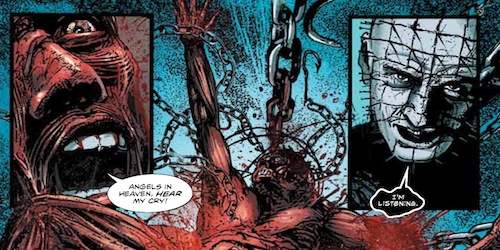 After the cancellation of the series, there was no movement on the comic front until 2011 when Boom! Studios announced a new ongoing series co-written by Clive Barker himself. Ignoring the direct-to-video sequels, the new Hellraiser series got off to a great start by bringing back Kirsty Cotton as the protagonist and showcasing a very different Pinhead than readers had been used to seeing. These ideas were clearly tying into notions that Barker already had in mind for The Scarlet Gospels. He had done several drafts of that book before this series even began.
After the cancellation of the series, there was no movement on the comic front until 2011 when Boom! Studios announced a new ongoing series co-written by Clive Barker himself. Ignoring the direct-to-video sequels, the new Hellraiser series got off to a great start by bringing back Kirsty Cotton as the protagonist and showcasing a very different Pinhead than readers had been used to seeing. These ideas were clearly tying into notions that Barker already had in mind for The Scarlet Gospels. He had done several drafts of that book before this series even began.
This is not presented as a final Hellraiser story, but the inklings of what Scarlet Gospels was written to deal with are there. It’s almost devoted to getting fans comfortable with the idea of Hellraiser both expanding and ending. It brought us out of the Labyrinth for the first time in the history of the mythology. It even included an appearance by Harry D’Amour, protagonist of Lord of Illusions and Scarlet Gospels. Although, given everything Harry goes through in the recent comics it’s heavily unlikely that it has any impact on what’s to come.
The most interesting thing that the current run of comics gave us was Kirsty Cotton taking over as the new Pinhead, hoping to change Hell from the inside. As the series progressed, it sadly strayed further away from the original ideas of Hellraiser, though. There’s a lot of time spent in Hell and that’s great, but it begins to become more and more of a Christian Hell once Kirsty steps foot outside the Labyrinth, taking away a lot of what made the series interesting and special to begin with.
After Barker left, the comics ended up in a very different place, but while he was at least co-creating them they changed the mythology in a lot of impressive ways that definitely leave me hopeful for what The Scarlet Gospels will deliver. It’s unlikely that the comics will have a major impact the upcoming novel, but with that tome bringing about the end of all things Hellraiser, it’s nice to think that these comics read only by the most rabid fans contributed the evolution of this world and these characters to bring it toward that inevitable finale.



